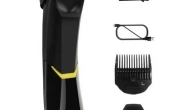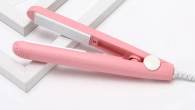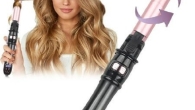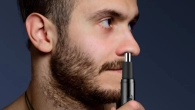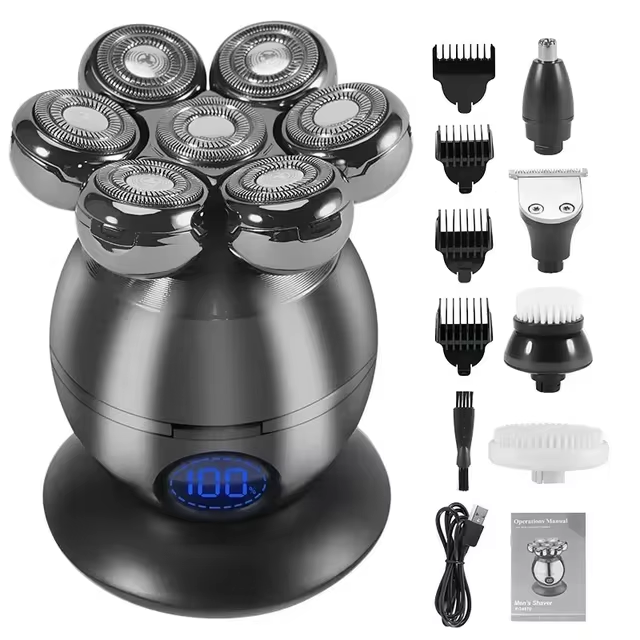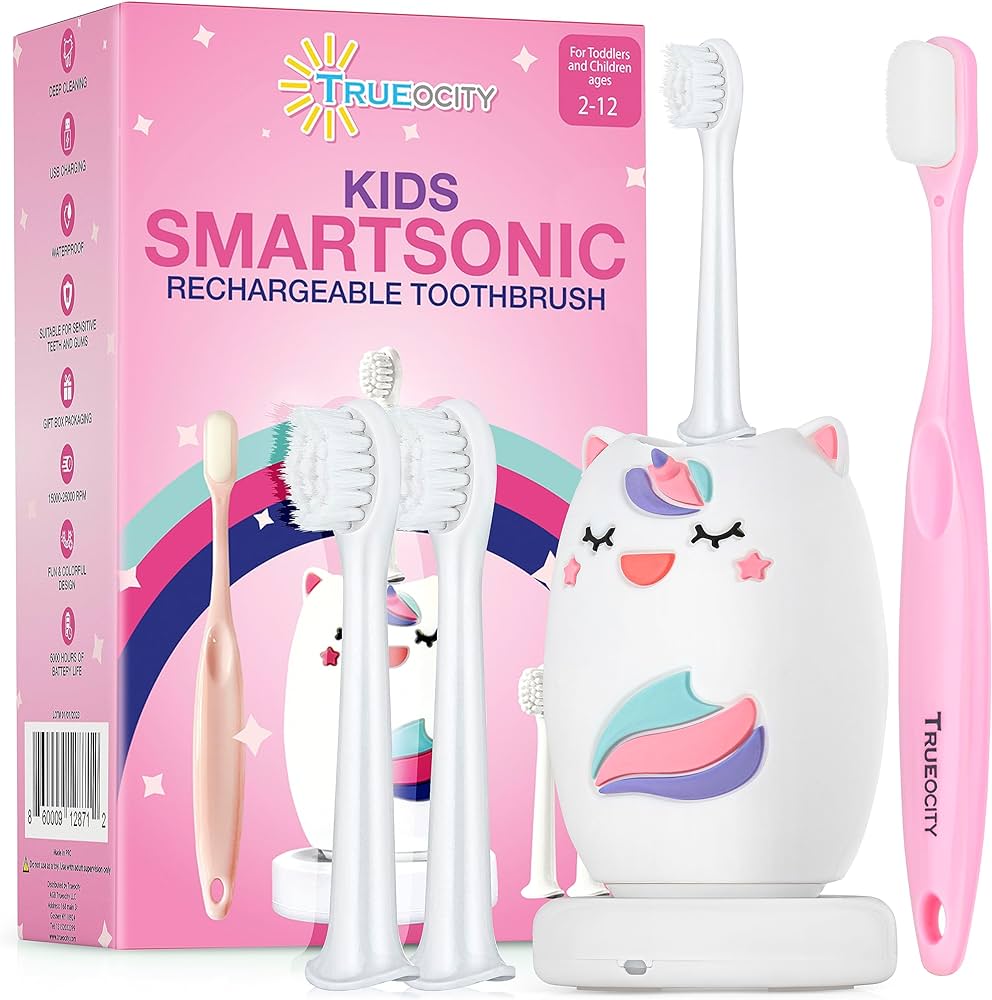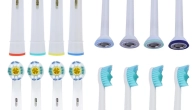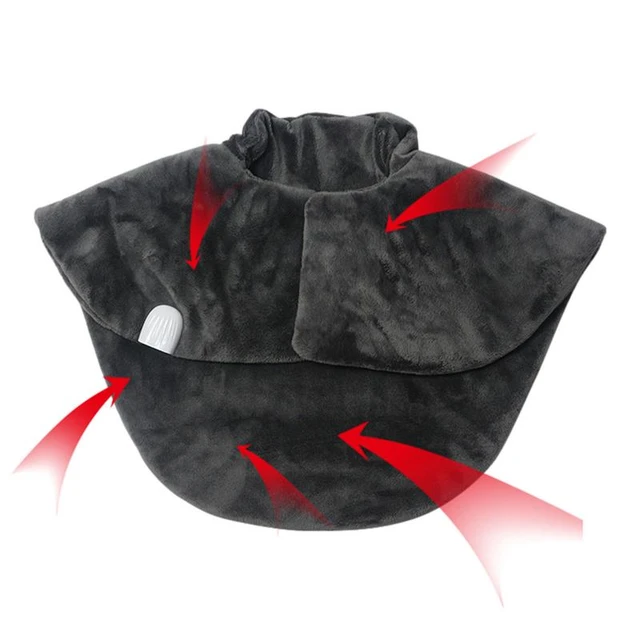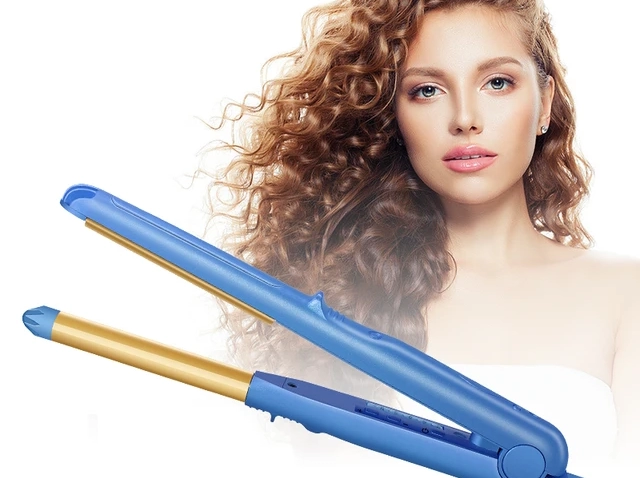
Soothing and Healing a Curling Iron Burn: Effective Remedies
Introduction: Dealing with Curling Iron Burns
Accidents can happen while using a curling iron, resulting in painful burns. Whether it’s a minor burn or a more severe one, knowing how to properly care for and treat the burn is crucial for quick relief and effective healing. In this comprehensive guide, we will explore various remedies to soothe and heal curling iron burns. From immediate first aid to natural home remedies, this step-by-step guide will assist you in managing curling iron burns and promoting a speedy recovery.

Soothing and Healing a Curling Iron Burn: Effective Remedies for Quick Relief
-
Assessing the Severity of the Burn
a. Identifying first-degree burns: First-degree burns are mild and typically affect only the top layer of the skin. They appear red, painful, and may be accompanied by minor swelling. There may be no blisters, but the area may feel tender to the touch.
b. Recognizing second-degree burns: Second-degree burns are more severe and involve the deeper layers of the skin. They are characterized by blistering, intense redness, swelling, and severe pain. The affected area may appear moist or weeping.
c. Knowing when to seek medical attention: For third-degree burns or burns that cover a large area of the body, seek immediate medical attention. Additionally, consult a healthcare professional if you are unsure about the severity of the burn or if it does not improve with at-home remedies.
-
Immediate First Aid for Curling Iron Burns
a. Cooling the burn: The first step after sustaining a burn is to cool the area to minimize heat and prevent further damage. Hold the burned area under cool running water for at least 10 to 20 minutes or until the pain subsides. Avoid using ice or very cold water, as this can cause additional tissue damage.
b. Removing tight clothing or jewelry: If the burn occurred on an area covered by clothing or jewelry, gently remove them to prevent constriction and reduce the risk of infection.
c. Applying a cool compress: After cooling the burn, you can further alleviate discomfort by applying a cool, damp compress to the affected area. This also provides additional moisture to prevent dryness.
-
Over-the-Counter Remedies for Curling Iron Burns
a. Aloe vera gel: Known for its soothing properties, aloe vera gel provides instant relief for burns. Apply a generous amount of pure aloe vera gel to the burn and allow it to air dry. Reapply as needed throughout the day.
b. Burn ointments or creams: Over-the-counter burn ointments or creams containing ingredients like lidocaine or benzocaine can help numb the area and provide temporary pain relief. Follow the instructions on the product packaging for application guidance.
c. Hydrogel dressings: Hydrogel dressings are transparent, gel-like sheets that provide a moist, protective barrier over the burn. These dressings promote wound healing and relieve pain. Follow the product instructions for application and duration of use.

-
Natural Home Remedies for Curling Iron Burns
a. Honey: Known for its antibacterial properties, honey can also aid in burn healing. Apply a thin layer of raw honey to the burn and cover it with a clean gauze or dressing. Replace the dressing every few hours and continue this remedy until the burn improves.
b. Tea tree oil: Diluted tea tree oil can be used as an antiseptic for burns. Mix a few drops of tea tree oil with a carrier oil, such as coconut oil or olive oil. Apply the mixture to the burn using a cotton ball or clean cloth. Repeat several times a day.
c. Lavender essential oil: Lavender oil has soothing and healing properties. Dilute a few drops of lavender oil in a carrier oil and apply it to the burn. Alternatively, mix a few drops of lavender oil with water in a spray bottle and spritz it gently over the burn for cooling relief.
-
Skin Care and Protection during Healing
a. Keeping the burn clean: To prevent infection, clean the burn gently with mild soap and water. Avoid scrubbing or rubbing the area, and pat it dry with a clean towel.
b. Moisturizing the burn: Apply a fragrance-free, hypoallergenic moisturizer to the burn several times a day to keep the skin hydrated and prevent dryness or cracking.
c. Protecting the burn: Cover the burn with a sterile non-stick dressing or gauze pad to protect it from further irritation and contamination. Change the dressing regularly, following proper hygiene practices.
d. Avoiding certain products: During the healing process, steer clear of harsh chemicals, perfumes, and abrasive materials on or around the burn. These can further irritate the skin and delay the healing process.
-
Managing Pain and Discomfort
a. Over-the-counter pain relievers: If the burn causes persistent pain, you can take over-the-counter pain relievers, such as acetaminophen or ibuprofen, following the dosage instructions on the packaging.
b. Cool compresses: Applying cool compresses intermittently throughout the day can help reduce localized pain and discomfort.
c. Elevating the burn: If the burn is on an extremity, try elevating it slightly to reduce swelling and discomfort.

-
Embracing Self-Care Measures
a. Adequate rest: Getting sufficient rest allows the body to heal more effectively. Ensure you are getting enough sleep and practice relaxation techniques to alleviate stress during the healing process.
b. Proper nutrition: Maintain a well-balanced diet rich in vitamins, minerals, and protein to support the body’s healing process. Eat foods that are known to promote skin health, such as fruits, vegetables, whole grains, and lean proteins.
c. Hydration: Drink plenty of water to keep your body hydrated and aid in the healing process.
-
Emotionally Coping with the Burn
a. Seeking emotional support: Dealing with a burn can be emotionally challenging. Reach out to friends, family, or support groups to share your feelings and seek comfort and guidance.
b. Gentle self-care practices: Engage in activities that promote mental and emotional well-being, such as meditation, deep breathing exercises, or pursuing hobbies that bring joy and relaxation.
c. Professional counseling: If the emotional impact of the burn becomes overwhelming, consider seeking professional counseling to help process your emotions and manage any psychological distress.
2024 and Beyond: Aftercare Tips for Optimal Healing
Following proper aftercare is essential to minimize scarring and promote optimal healing:

-
Keep the Burn Clean and Covered: Clean the burn gently with mild soap and cool water at least once a day. Pat the area dry and cover it with a loose bandage to prevent infection.
-
Avoid Picking or Scratching: Resist the urge to pick at or scratch the burn, as this can worsen scarring.
-
Sun Protection: Once the burn starts to heal, protect it from the sun with sunscreen of SPF 30 or higher. Sun exposure can worsen scarring.
-
Moisturize: Once the blisters heal and new skin forms, apply a fragrance-free moisturizer to the area to keep it hydrated and prevent dryness.
When to Seek Medical Attention
While most curling iron burns can be treated effectively at home, there are certain situations where seeking professional medical attention is crucial:
-
Severe pain: If the pain is unbearable and not relieved by over-the-counter medication, see a doctor.
-
Large or Deep Burn: If the burn is larger than two inches in diameter or appears deep, seek medical attention.
-
Signs of Infection: If you experience redness, swelling, or pus around the burn, it could be a sign of infection. See a doctor immediately.
-
Vision Impairment: If you accidentally burn your eyelid, see a doctor right away to prevent vision problems.
Embrace Safety: Preventing Curling Iron Burns in the Future
Prevention is always better than cure. Here are some tips to minimize the risk of curling iron burns:

- Use the Right Temperature: Consult the curling iron’s instructions to determine the appropriate heat setting for your hair type. Start with a lower temperatureand gradually increase it if needed.
-
Mind Your Multitasking: Avoid multitasking while using a curling iron. Focus on styling your hair and be mindful of where the hot iron is positioned.
-
Utilize Heat-Resistant Gloves: Consider using heat-resistant gloves for added protection when handling the hot iron.
-
Place it Carefully: Always place the hot curling iron on a heat-resistant surface when not in use to prevent accidental burns.
-
Unplug When Finished: Don’t leave your curling iron plugged in and unattended. Unplug it once you’re done styling your hair.
Nurturing Healing for Curling Iron Burns
When faced with a curling iron burn, it’s important to take immediate action to soothe and accelerate healing. By following the step-by-step remedies outlined in this guide, you can effectively manage curling iron burns at different stages of severity. From initial first aid to over-the-counter and natural home remedies, along with proper wound care and protection, you can nurture the healing process and find relief from discomfort.
Remember, severe burns or burns that do not show improvement with at-home remedies require medical attention. Embracing self-care measures, managing pain, and seeking emotional support can also aid in the overall healing process. With time, proper care, and patience, your skin will recover, allowing you to regain comfort and confidence.




